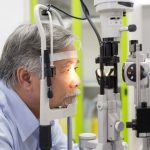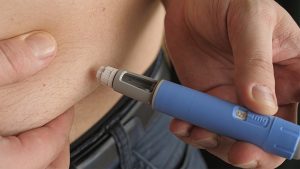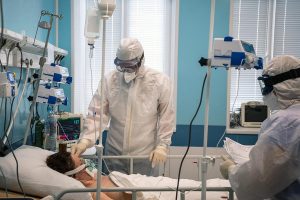
Robot-guided radiation therapy can improve treatment for age-related macular degeneration, the leading cause of vision loss and blindness among American seniors, a new study shows. Precisely targeted radiation treatment reduced by a quarter the number of routine injections needed to treat wet-type age-related macular degeneration (AMD), the most advanced and serious form of the disorder, researchers reported June 11 in The Lancet journal. “With this purpose-built robotic system, we can be incredibly precise, using overlapping beams of radiation to treat a very small lesion in the back of the eye,” said lead researcher Timothy Jackson, a consultant ophthalmic surgeon at King’s College Hospital in London. Wet AMD occurs when new, abnormal blood vessels grow under the retina. These vessels leak blood and other fluid, causing scarring of the macula — the center of the retina — and rapid vision loss. Standard treatment for wet AMD involves injections of drugs that inhibit the growth of new blood vessels in the eye. Most patients require an injection every one to three months to keep fluid from building up, researchers said. “Patients generally accept that they need to have eye injections to help preserve their vision, but frequent hospital attendance and repeated eye injections isn’t something they enjoy,” Jackson said in a King’s College news release. In the new therapy, the eye is treated once using three beams… read on > read on >





























-300x200.jpg)







-300x169.jpg)
